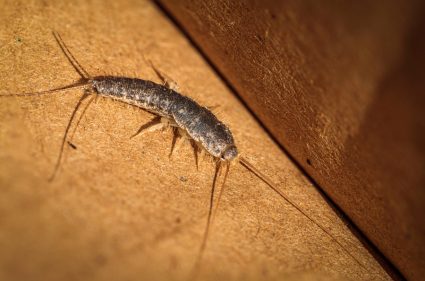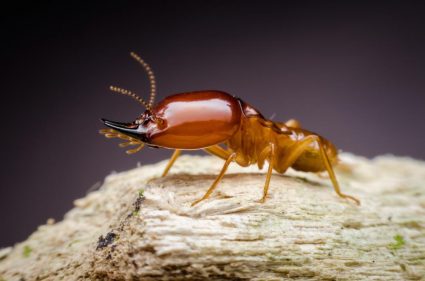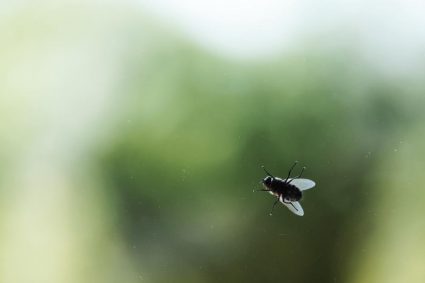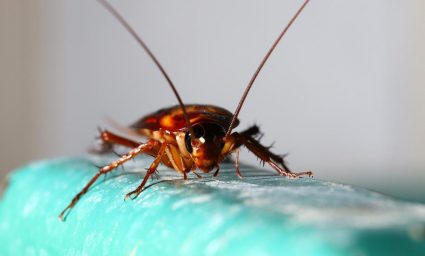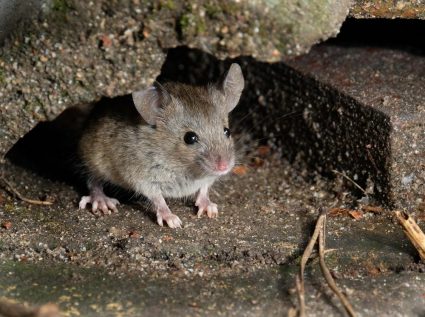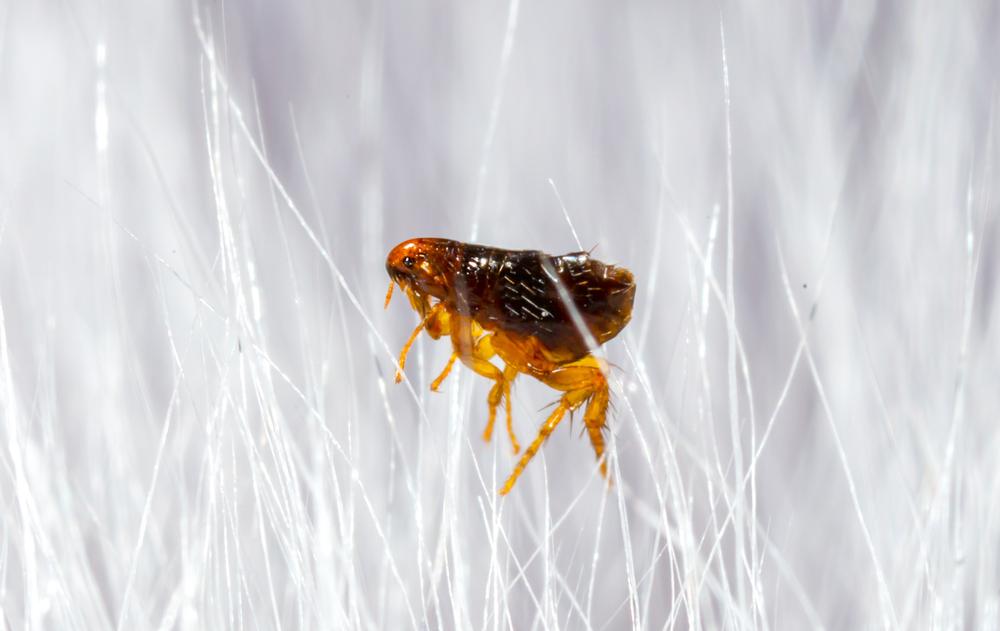
Winter can bring a sigh of relief to many pet owners, thinking that the cold weather will mean a break from dealing with persistent fleas. But, where do fleas actually go in the winter? Do they simply die off, or do they have survival strategies that allow them to continue to be a nuisance during the colder months? This comprehensive guide will answer these questions and more.
Fleas do not simply disappear in the winter. While they cannot survive in freezing temperatures for more than 5 days, they seek out warmer locations such as on warm-bodied hosts like pets, or find shelter in homes. Fleas can also enter a cocoon state for months when temperatures are around 50 degrees. Therefore, while flea activity may decrease in winter, they do not completely die off and can still be a nuisance.
Fleas and Winter Survival
Fleas are tiny, wingless insects that survive by feeding on the blood of their hosts, which can include your pets. While fleas cannot survive freezing temperatures for more than 5 days in a row, they have developed survival strategies to withstand cold conditions. Fleas can seek out warmer locations when the temperature drops. For example, they can survive on warm-bodied hosts, such as pets, or find shelter in homes where the temperature is regulated by heating systems.
In addition to this, fleas can enter a cocoon and stay in that state for months when temperatures drop and hover near 50 degrees. This creates an ideal environment for fleas to live and reproduce. It’s also important to note that while fleas may be more resistant to cold weather, they still cannot survive in freezing temperatures. However, they can find ways to endure the winter months by seeking shelter in warmer locations.
Flea Population in Winter
Flea populations do decrease during winter, but they do not completely disappear. Flea activity may seem scarce during winter, as they can go dormant during this time, but flea eggs on pets or in homes can still hatch in the winter. Fleas can live in temperatures as low as 46 degrees Fahrenheit, but it can take up to 5 days of consistently below-freezing temperatures to kill them. While the risk of flea infestations is lower in winter, it is not impossible, making flea treatment necessary year-round.
Signs of a Winter Flea Infestation
It’s crucial to know the signs of a flea infestation, even in winter. These signs can include your pets scratching, biting, or licking themselves excessively, thinning coat and bald patches, flea dirt, or flea eggs and larvae on carpeting. If you discover a flea infestation in your home during winter, it’s essential to treat the infestation immediately to prevent it from spreading.
Prevention and Treatment of Fleas in Winter
Preventing a flea infestation during winter involves maintaining flea prevention measures all year round. Regularly clean and vacuum your home, maintain a clean environment for your pets, groom your pets regularly, and use flea preventatives on your pets throughout the year.
If you discover a flea infestation, treat your pets with flea preventatives, vacuum your home thoroughly, wash all pet bedding in hot water, and consider using natural remedies to control fleas in your home. If the infestation persists or is severe, seek professional help.
Conclusion
In conclusion, while flea populations decrease during winter, they do not disappear. Fleas have survival strategies that allow them to survive in colder conditions, such as seeking shelter in warmer locations and living on warm-bodied hosts. Therefore, it’s essential to maintain flea prevention measures for your pets and home throughout the year, even during the winter months.
By being proactive and vigilant, you can keep your pets and your home flea-free all year round!
Frequently Asked Questions
What is flea dirt and how can I identify it?
Flea dirt is essentially flea feces, which consists of digested blood. It appears as small, black or dark-brown specks on your pet’s skin or fur, or in areas where your pet frequently rests. You can identify it by placing some of the specks on a white paper towel and adding a drop of water. If it turns red or rust-colored, it’s likely flea dirt.
What are some natural remedies for controlling fleas in my home?
Some natural remedies for controlling fleas include using diatomaceous earth, which can be sprinkled on carpets and furniture to kill fleas, and using essential oils like lavender or eucalyptus as a natural flea repellent. However, always make sure to consult with a vet before using any natural remedies to ensure it’s safe for your pets.
How often should I groom my pet to prevent flea infestation?
Regular grooming can help prevent flea infestations. It is recommended to brush your pet’s coat at least once a week. This will help remove any fleas, eggs, or larvae that may be present. Regular baths with a flea shampoo can also be beneficial.
Are there specific areas in my home that fleas are more likely to infest?
Fleas tend to infest areas where your pets spend the most time. This could be their bedding, furniture they frequently rest on, or carpets and rugs they often lie on. Regularly cleaning these areas can help prevent a flea infestation.
Can fleas transmit diseases to my pets?
Yes, fleas can transmit diseases to pets. They are known to transmit tapeworms and cause anemia in pets, particularly in young or frail animals. They can also transmit the bacteria Bartonella, which causes cat scratch disease in humans.



